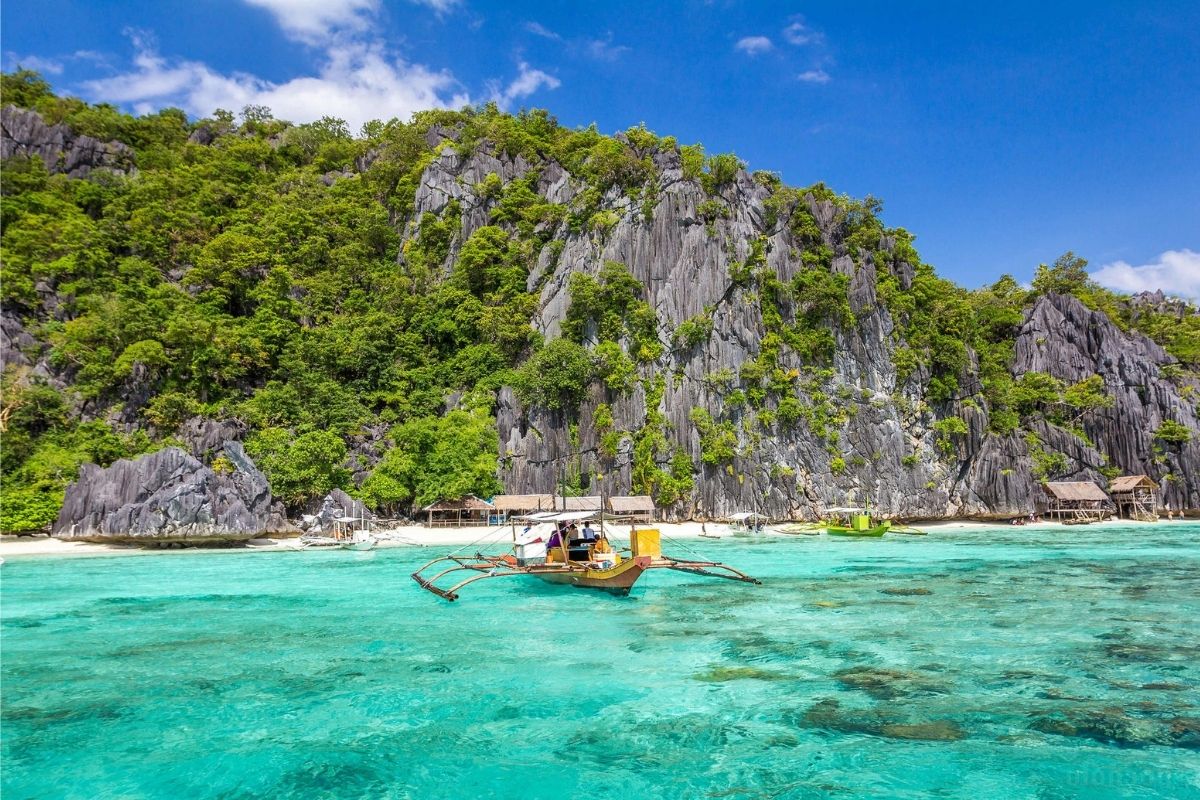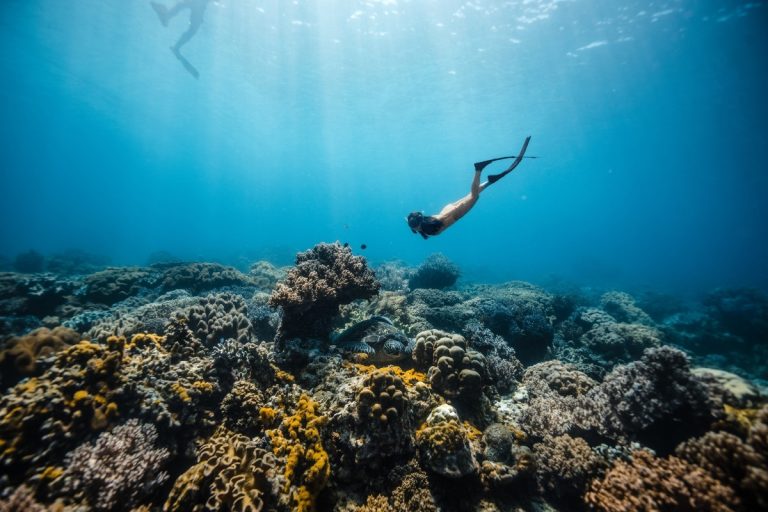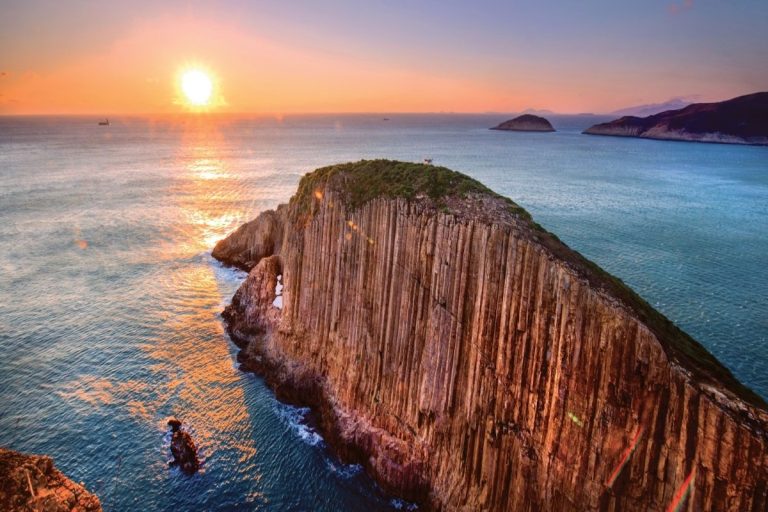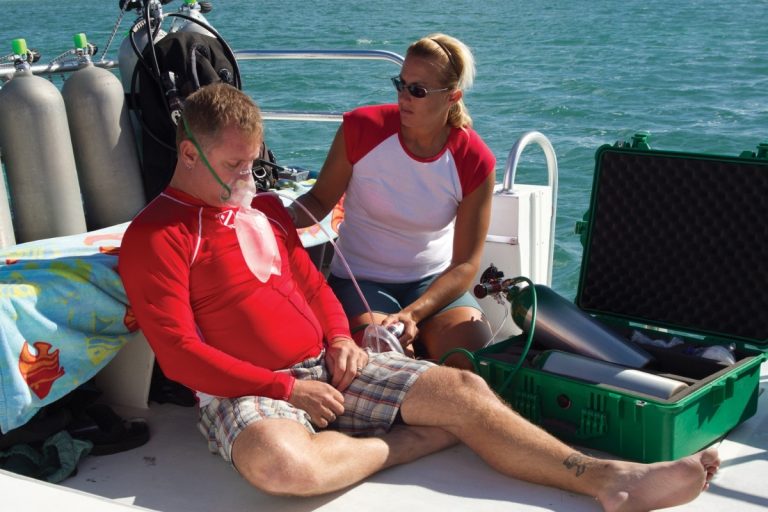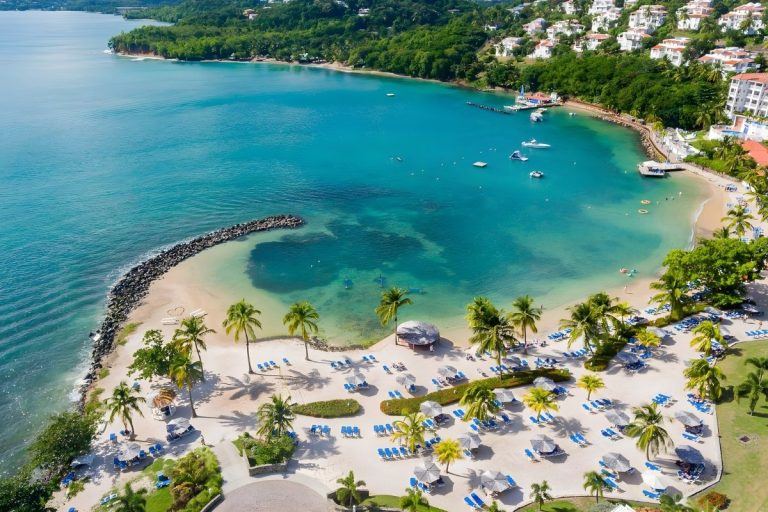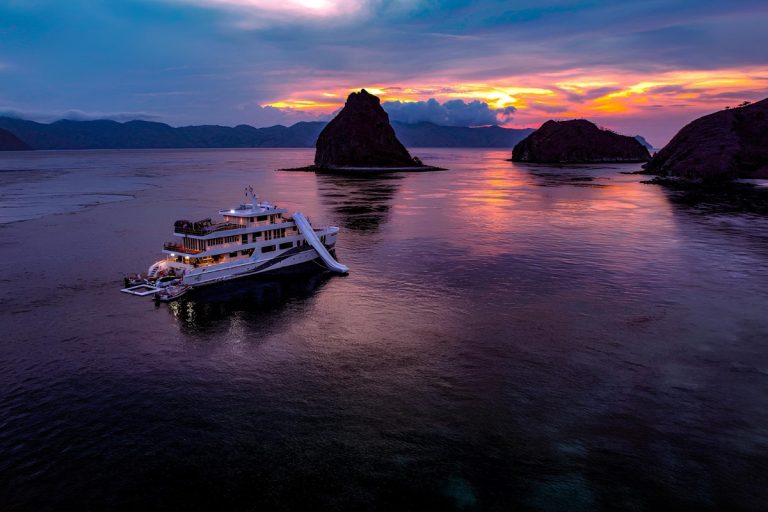- Best Time to Visit Southeast Asia
- Philippines: Ideal Travel Seasons
- Indonesia and Borneo Travel Insights
- Cruising from Singapore
- Major Festivals in Southeast Asia
- Seasonal Highlights Across Asia
- Creating Tailored Travel Itineraries
- Travel Health and Safety Tips
- Frequently Asked Questions
- Maximizing Your Southeast Asian Adventure
Best Time to Visit Southeast Asia
Southeast Asia offers incredible diversity in climate and experiences throughout the year, making it essential to understand regional weather patterns for optimal travel planning. The vast region spans multiple climate zones, from tropical monsoons to equatorial conditions, creating distinct seasonal opportunities for different activities and destinations.
Most travelers find November through April ideal for mainland Southeast Asia and the Philippines, when cooler, drier conditions prevail. However, this detailed month-by-month guide to visiting Southeast Asia reveals that timing varies significantly by specific location and intended activities. The dry season brings clearer skies, calmer seas, and more comfortable temperatures for outdoor adventures.
Understanding these patterns helps travelers avoid monsoon seasons while capitalizing on perfect weather windows. Each country within the region experiences unique seasonal shifts, making careful planning crucial for maximizing your Southeast Asian adventure.
Climate Variations by Region
Southeast Asia’s climate complexity stems from its geographic spread across the equator and multiple island chains. Mainland countries like Thailand, Vietnam, and Cambodia experience distinct wet and dry seasons, while island nations face varying monsoon patterns.
The northern regions, including northern Thailand and Myanmar, can experience surprisingly cool temperatures during winter months. Meanwhile, equatorial areas maintain consistent warmth year-round with varying rainfall patterns.
Optimal Travel Months
February through April represents the sweet spot for most Southeast Asian destinations, offering dry conditions and comfortable temperatures. These months provide excellent visibility for outdoor activities and cultural exploration.
May through October brings monsoon seasons to many areas, though some destinations like Indonesia’s eastern regions experience their dry season during these months. This creates opportunities for savvy travelers to find excellent deals.
Festivals and Events
Southeast Asia’s festival calendar adds another layer to seasonal planning. Major celebrations like Chinese New Year in February create vibrant cultural experiences but also increase crowds and prices.
Understanding festival timing helps travelers either participate in these spectacular events or avoid the associated crowds and higher costs, depending on their preferences.
Travel Deals and Offers
Shoulder seasons often provide the best value for budget-conscious travelers. May through October, despite being monsoon season in many areas, offers significant savings on accommodations and flights.
Smart travelers can find excellent deals during these periods, especially for destinations that remain relatively dry or where brief afternoon showers don’t significantly impact activities.
Philippines: Ideal Travel Seasons
The Philippines archipelago experiences a tropical climate with distinct dry and wet seasons that vary across its 7,000+ islands. The country’s optimal travel window generally runs from December through May, when rainfall decreases and temperatures remain comfortable for island hopping and beach activities.
Regional variations within the Philippines create micro-climates that savvy travelers can exploit. While the western regions face monsoons from June to November, eastern areas like Siargao remain relatively dry during these months. This geographic diversity allows year-round travel opportunities for those willing to adjust their itineraries based on seasonal patterns.
The country’s peak season coincides with the dry months, bringing higher prices but also the most reliable weather conditions. Planning around these seasonal shifts ensures optimal experiences whether you’re seeking pristine beaches, cultural immersion, or adventure activities.
Best Months for Tourism
December through February offers the most pleasant conditions across most Philippine islands, with cooler temperatures and minimal rainfall. These months provide ideal conditions for outdoor activities, beach relaxation, and cultural exploration.
March through May brings hotter temperatures but maintains dry conditions, making it suitable for travelers who don’t mind increased heat. This period offers excellent diving conditions with calm seas and clear visibility.
Cultural Festivals to Experience
The Philippines hosts numerous vibrant festivals throughout the year, with many coinciding with the optimal travel season. January’s Ati-Atihan festival in Kalibo showcases incredible indigenous culture and attracts visitors worldwide.
Holy Week in March or April brings unique cultural experiences but also creates domestic travel peaks that international visitors should consider when planning accommodations and transportation.
Weather Patterns and Travel Tips
Understanding typhoon season helps travelers make informed decisions about timing and destinations. The Philippines’ eastern regions face higher typhoon risks from June through November, while western areas remain relatively protected.
Flexibility in travel dates and destinations allows visitors to adapt to weather conditions and take advantage of last-minute opportunities or avoid unexpected weather events.
Indonesia and Borneo Travel Insights
Indonesia’s vast archipelago spans multiple climate zones, creating complex seasonal patterns that vary dramatically between regions. The country’s dry season generally runs from April through October, opposite to many other Southeast Asian destinations, making it an excellent alternative during regional monsoon periods.
Borneo, shared between Indonesia, Malaysia, and Brunei, experiences its driest conditions from March through September. This timing coincides with optimal wildlife viewing opportunities, as animals congregate around water sources and forest visibility improves significantly.
Understanding these regional differences allows travelers to experience Indonesia’s incredible diversity while avoiding the wettest periods. The country’s position along the equator means temperatures remain relatively consistent year-round, with rainfall being the primary seasonal variable.
Dry Season Highlights
April through October provides the best conditions for most Indonesian destinations, including Bali, Java, and Sumatra. These months offer minimal rainfall, calm seas for diving, and excellent conditions for hiking and cultural exploration.
Borneo’s dry season creates exceptional opportunities for orangutan viewing in Kalimantan and Sabah, as wildlife becomes more active and accessible during clearer weather conditions.
Recommended Activities
The dry season enables optimal conditions for Indonesia’s world-class diving sites, including Komodo National Park and Raja Ampat. Clear waters and calm seas create perfect conditions for underwater exploration.
Trekking opportunities flourish during dry months, with accessible trails to volcanic peaks and cultural sites that become challenging or dangerous during wet season conditions.
Local Celebrations to Attend
Indonesia’s cultural calendar includes numerous festivals that coincide with favorable weather conditions. Balinese Hindu celebrations like Galungan and Kuningan occur throughout the year based on traditional calendars.
Islamic holidays, celebrated across Indonesia’s Muslim-majority population, create unique cultural experiences and should be considered when planning travel dates and activities.
Cruising from Singapore
Singapore serves as Southeast Asia’s premier cruise hub, offering convenient access to regional destinations while providing world-class facilities and services. February emerges as the optimal month for cruise departures, combining favorable weather conditions with calm seas throughout the region.
The city-state’s strategic location enables diverse itineraries covering Thailand, Malaysia, Indonesia, and beyond. Cruise seasons align with regional weather patterns, ensuring passengers experience optimal conditions at multiple destinations during single voyages.
Modern cruise facilities in Singapore provide seamless embarkation experiences, while the city’s attractions offer excellent pre- and post-cruise opportunities for extended stays.
Best Months for Cruises
February through April represents the prime cruise season from Singapore, offering the most reliable weather conditions across potential destinations. These months minimize monsoon risks while providing comfortable temperatures for onboard and shore activities.
November through January also provides good cruising conditions, though occasional rainfall may affect some shore excursions and outdoor deck activities.
Popular Cruise Destinations
Thai islands, including Phuket and Koh Samui, feature prominently in Singapore-based itineraries during optimal weather windows. These destinations offer pristine beaches, cultural sites, and excellent snorkeling opportunities.
Malaysian ports like Penang and Langkawi provide cultural diversity and natural beauty, while Indonesian destinations including Bintan offer exotic experiences within convenient sailing distances.
Travel Tips for Cruisers
Booking cruise departures during shoulder seasons can provide significant savings while still offering good weather conditions. Early February and late April often feature attractive pricing with acceptable weather risks.
Consider extending stays in Singapore before or after cruises to experience the city’s incredible dining, shopping, and cultural attractions without rushing between flights and ship schedules.
Major Festivals in Southeast Asia
Southeast Asia’s rich cultural tapestry creates a year-round calendar of spectacular festivals that add incredible depth to travel experiences. These celebrations often coincide with optimal weather conditions, creating perfect opportunities to combine cultural immersion with favorable climate conditions.
Festival timing varies between countries and regions, influenced by religious calendars, agricultural cycles, and historical traditions. Understanding these patterns helps travelers either participate in these vibrant celebrations or plan around them if seeking quieter experiences.
Many festivals create temporary increases in accommodation costs and crowd levels, but they also provide unparalleled cultural insights and photographic opportunities that justify the additional planning required.
Ati-Atihan Festival in the Philippines
January’s Ati-Atihan festival in Kalibo transforms the quiet town into a vibrant celebration of indigenous culture and Catholic traditions. This three-day event features elaborate costumes, traditional music, and street dancing that attracts visitors from around the world.
The festival occurs during the Philippines’ optimal travel season, combining perfect weather conditions with incredible cultural experiences that showcase the country’s unique heritage.
Chinese New Year Celebrations
Chinese New Year celebrations across Southeast Asia create spectacular displays of culture, food, and tradition. Countries with significant Chinese populations, including Singapore, Malaysia, and Thailand, host elaborate festivities.
Timing varies annually based on lunar calendars, typically falling between late January and mid-February, coinciding with excellent weather conditions throughout most of the region.
Songkran in Thailand
Thailand’s Songkran festival in April marks the traditional New Year with nationwide water celebrations. This unique festival transforms the entire country into a massive water fight while maintaining deep spiritual significance.
The timing coincides with Thailand’s hottest period, making the water celebrations particularly refreshing and enjoyable for both locals and international visitors.
Tet Festival in Vietnam
Vietnam’s Tet festival celebrates the lunar New Year with family gatherings, traditional foods, and cultural performances. This most important Vietnamese celebration typically occurs in late January or February.
The festival provides incredible insights into Vietnamese culture and traditions, though many businesses close during the celebration period, requiring careful planning for accommodation and transportation.
Seasonal Highlights Across Asia
Asia’s vast geographic expanse creates diverse seasonal opportunities that extend far beyond Southeast Asia, offering year-round travel possibilities for adventurous explorers. Understanding broader regional patterns helps travelers create comprehensive itineraries that maximize seasonal advantages across multiple countries.
Each season brings unique advantages to different Asian regions, from spring cherry blossoms in Japan to winter skiing in South Korea. These patterns create opportunities for multi-country trips that follow optimal weather conditions across the continent.
Seasonal variations also affect pricing, crowd levels, and activity availability, making timing crucial for budget-conscious travelers and those seeking specific experiences.
Spring Travel in Asia
March through May offers exceptional conditions across much of Asia, with mild temperatures and blooming landscapes creating ideal conditions for outdoor activities and cultural exploration.
Japan’s cherry blossom season attracts millions of visitors, while countries like Nepal and Bhutan experience perfect trekking conditions during these months.
Summer Destinations to Consider
June through August brings monsoon conditions to many Southeast Asian destinations, but creates perfect conditions for Central Asian countries like Kazakhstan and Kyrgyzstan.
High-altitude destinations across the Himalayas become accessible during summer months, offering spectacular trekking and mountaineering opportunities.
Autumn Adventures
September through November provides excellent conditions across much of Asia, with comfortable temperatures and clear skies perfect for outdoor activities and cultural exploration.
This season offers spectacular foliage in countries like South Korea and Japan, while providing optimal conditions for visiting destinations like Myanmar and Cambodia.
Winter Getaways
December through February creates perfect conditions for tropical destinations across Southeast Asia, while enabling unique winter experiences in countries like Japan and South Korea.
Beach destinations throughout the region experience their peak season during these months, offering pristine conditions for relaxation and water activities.
Creating Tailored Travel Itineraries
Successful Southeast Asian adventures require careful consideration of individual preferences, seasonal patterns, and logistical constraints. Modern travelers increasingly seek personalized experiences that balance must-see destinations with off-the-beaten-path discoveries tailored to their specific interests and travel styles.
Professional travel planning involves understanding each traveler’s priorities, whether they prioritize cultural immersion, adventure activities, relaxation, or photographic opportunities. These preferences significantly influence optimal timing and destination selection within the region’s diverse offerings.
Effective itinerary creation also considers practical factors like visa requirements, transportation connections, and accommodation availability during peak seasons, ensuring smooth execution of even complex multi-country adventures.
Understanding Traveler Preferences
Adventure seekers gravitate toward destinations and timing that enable outdoor activities like trekking, diving, and wildlife viewing. These travelers benefit from dry season timing that ensures optimal conditions for challenging activities.
Cultural enthusiasts often prefer timing that coincides with festivals and local celebrations, even if it means dealing with crowds and higher prices for the enhanced cultural experiences.
Incorporating Local Experiences
Authentic travel experiences increasingly focus on local interactions, traditional crafts, and community-based tourism opportunities that provide deeper cultural understanding beyond typical tourist attractions.
Seasonal timing affects the availability of many authentic experiences, from agricultural festivals to traditional fishing seasons that provide unique insights into local life.
Balancing Relaxation and Adventure
Successful itineraries balance high-energy activities with relaxation periods, ensuring travelers avoid burnout while maximizing their regional experiences. This balance becomes particularly important during longer multi-country trips.
Seasonal considerations help determine optimal pacing, with cooler months enabling more active itineraries and hotter periods suggesting more leisurely approaches with adequate rest periods.
Travel Health and Safety Tips
Southeast Asian travel requires careful attention to health and safety considerations that vary by destination and season. Understanding regional health risks, necessary vaccinations, and safety precautions ensures travelers can focus on enjoying their adventures rather than dealing with preventable problems.
Seasonal factors significantly influence health risks, with monsoon seasons increasing mosquito-borne disease risks and dry seasons potentially creating air quality issues in some urban areas. These health and safety tips for travelers help ensure safe and enjoyable experiences throughout the region.
Proper preparation includes understanding local medical facilities, carrying appropriate medications, and maintaining comprehensive travel insurance that covers regional activities and potential evacuation needs.
Decompression Sickness Prevention
Diving enthusiasts must understand altitude and flying restrictions after underwater activities. Decompression sickness prevention requires careful planning of diving schedules relative to flights and high-altitude destinations.
Southeast Asia’s world-class diving sites demand respect for safety protocols, including proper certification, equipment maintenance, and conservative diving practices that prioritize safety over aggressive exploration.
General Health Precautions
Tropical climates require enhanced attention to hydration, sun protection, and insect-borne disease prevention. Travelers should carry appropriate medications and understand symptoms of common regional health issues.
Food and water safety remains crucial throughout the region, with proper precautions preventing most travel-related illnesses that could disrupt carefully planned itineraries.
Travel Insurance Recommendations
Comprehensive travel insurance becomes essential for Southeast Asian adventures, particularly for travelers engaging in adventure activities or visiting remote destinations with limited medical facilities.
Insurance should cover medical evacuation, activity-specific risks, and potential trip interruptions due to weather or political situations that occasionally affect regional travel.
Frequently Asked Questions
What is the best time to visit Southeast Asia?
The ideal time to visit Southeast Asia is generally from November to April, when cooler, drier conditions prevail across mainland countries and the Philippines.
Are there specific months recommended for traveling to the Philippines?
The optimal travel window for the Philippines is from December to May, with December through February offering the most pleasant conditions.
When is the dry season for Indonesia?
Indonesia's dry season typically runs from April to October, making it a great alternative during monsoon periods in other Southeast Asian countries.
What should travelers consider about cultural festivals?
Travelers should consider the timing of major festivals, as they can significantly impact crowd levels and accommodation prices while offering vibrant cultural experiences.
How can I create a tailored travel itinerary for Southeast Asia?
Successful itineraries should balance individual preferences, seasonal patterns, and logistical constraints, focusing on cultural immersion, adventure, and relaxation.
Maximizing Your Southeast Asian Adventure
To truly enjoy the rich experiences that Southeast Asia offers, understanding the seasonal dynamics and cultural festivities is crucial. By planning around these factors, travelers can create unforgettable memories while navigating the diverse landscapes and vibrant cultures of this enchanting region.
